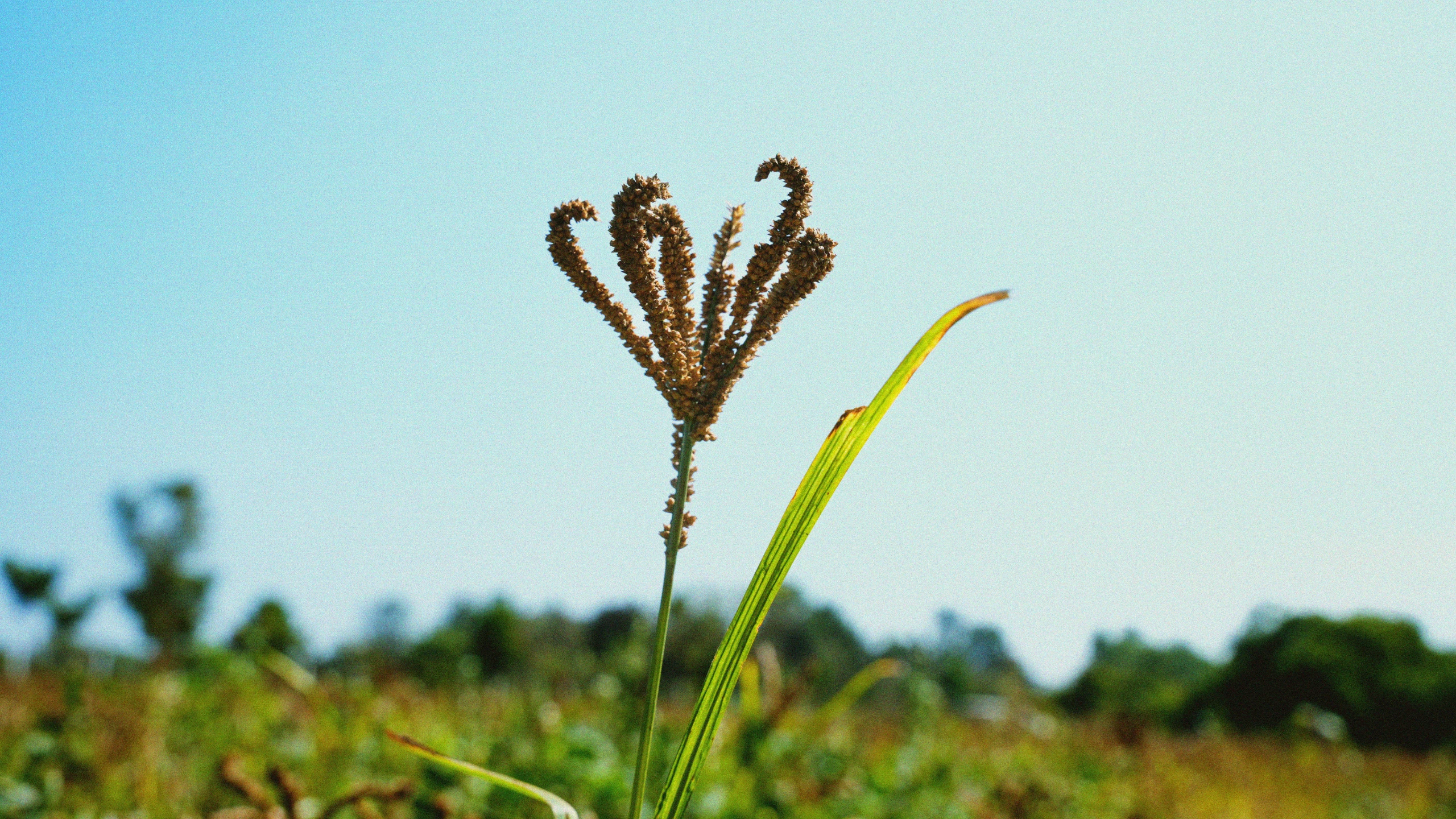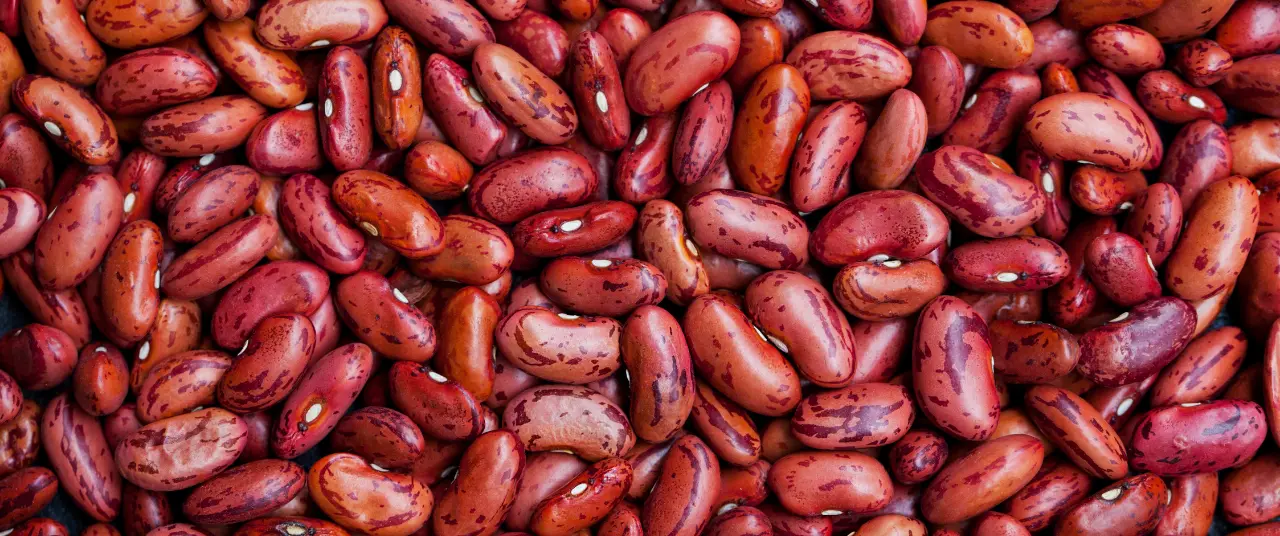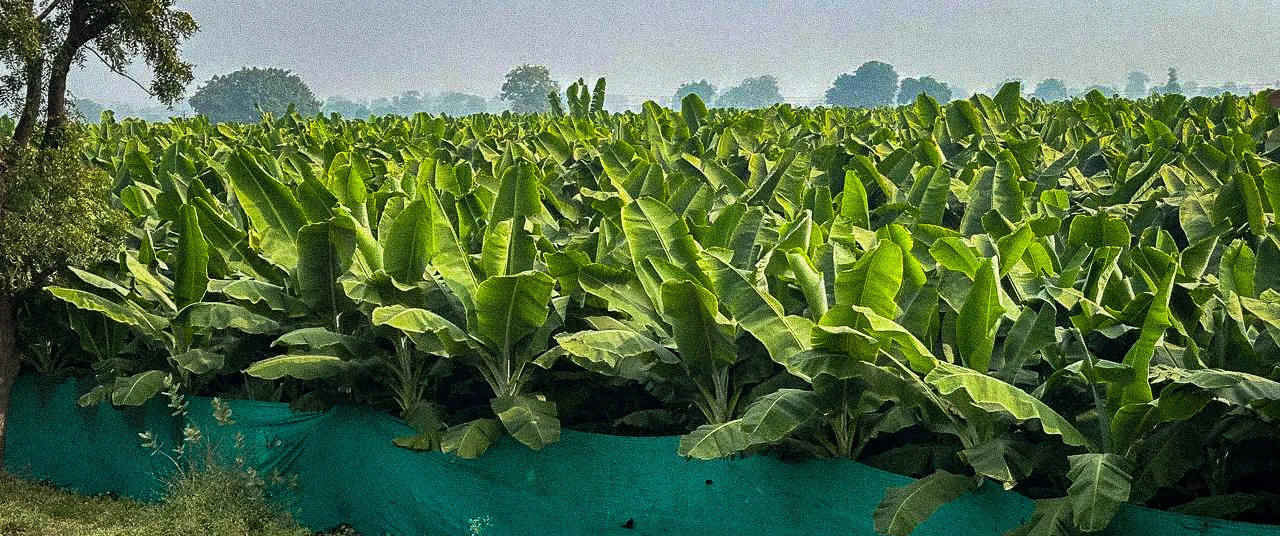This hardy millet is rich in iron, zinc, phosphorus, magnesium, and potassium






Editor's note: Even before its current status as a nutrient-rich superfood, ragi has been a crucial chapter in the history of Indian agriculture. Finger millet, as it is commonly known, has been a true friend of the farmer and consumer thanks to its climate resilience and ability to miraculously grow in unfavourable conditions. As we look towards an uncertain, possibly food-insecure future, the importance of ragi as a reliable crop cannot be understated. In this series, the Good Food Movement explains why the millet deserves space on our farms and dinner plates. Alongside an ongoing video documentation of what it takes to grow ragi, this series will delve into the related concerns of intercropping, cover crops and how ragi fares compared to other grains.
If ragi were a person, it would be the quiet provider: never showy, always dependable. In the fields, it withstands droughts, on the plate, it fuels workers, children, and elders alike. Long before ‘superfoods’ became a buzzword, ragi—also called nachni (in Marathi), kezhvaragu (in Tamil), or mandia (in Odia)—was one of India’s original nutrient-dense grains.
A hard-to-beat nutrient profile
Ragi is rich in iron, zinc, phosphorus, magnesium, and potassium, all essential for bone health, oxygen transport, and muscle function. Its low glycaemic index (50–68) means it releases glucose slowly into the bloodstream, preventing sugar spikes and keeping you full for longer. The grain’s high calcium content helps combat osteoporosis, while its amino acid composition—particularly methionine, threonine, and tryptophan (which are deficient in many cereals, including rice)—supports skin health and regulates cholesterol.
But like any grain, ragi has its limitations. It is deficient in certain essential amino acids, such as lysine, which help build proteins. Hence, it is best paired with pulses or legumes or dairy (which are higher in those amino acids) for complete proteins. Several traditional meals have these combinations:
- Ragi rotis served with a lentil curry (like dal or sambar) or soaked moong dal mixed with ragi flour to make savoury cheelas (pancakes) can give a more balanced amino acid profile
- Ragi mudde with soppu saaru (a lentil and green leafy broth) balances carbohydrates with protein and iron
- Ragi cooked with milk into a porridge (ragi malt), with added natural sweeteners and nuts makes for a protein- and calcium-rich meal.
The key is variety: when ragi is part of a plate that includes pulses, vegetables, and good fats, it becomes not just filling but functionally complete.
Fermentation, sprouting, and malting also enhance this balance. These processes reduce phytates (compounds that block mineral absorption), unlock the bioavailability of its nutrients and improve the digestibility of ragi’s dense starch. This is why ragi kanji, a lightly fermented drink, and malted ragi porridge are commonly given to help mothers with postpartum recovery and while weaning children.
Also read: A crop for the future: Why India should invest in ragi and its climate resilience
Ragi on the dinner table
- Karnataka: The state is the heartland of ragi and home to its most iconic dish, ragi mudde. Made by slowly stirring ragi flour into boiling water until it thickens into a smooth, sticky dough, the mixture is rolled into soft brown balls. Traditionally, mudde is swallowed, not chewed (lest it stick to your teeth!) with a ladle of hot soppu saaru or bassaru (broth of lentils and greens). Farmers often eat it early in the morning, its slow-releasing energy lasting through long hours of fieldwork. In many Kannada households, mudde isn’t just food, it’s a practice passed down through touch, texture, and rhythm
- Tamil Nadu: Known as kezhvaragu in Tamil, ragi stars in soft dosai, puttu (steamed ragi), and idiyappam. The fermented batter makes nutrients more bioavailable and supports better gut health
- Odisha and Jharkhand: Farmers cook mandia pej, a cooling gruel made with water or buttermilk, eaten after long hours in the fields. Restorative and hydrating, it is folk wisdom in a bowl
- Maharashtra: Nachni bhakri and nachni satva (a malty pudding of ragi flour, jaggery, and cardamom) show how the grain can take savoury and sweet forms.
Across these states, ragi was never eaten in isolation. It was always part of a meal that balanced protein, fibre, and flavour—a wisdom that modern nutrition is only rediscovering now.
Also read: The grain divide: How ragi and rice compare in the field and on our plates
Woven into lore
Ragi’s place in Indian culture runs deep. A Kannada proverb declares—“Hittam tindam bettam kittam” [The child who eats ragi mudde will grow strong enough to move mountains]. In Tamil, someone dependable is compared to kezhvaragu maavu—solid and sustaining. In Odisha, the saying goes “Mandia kha, parba pa”[Eat ragi and live long—a nod to its strength-giving character.
Such idioms show that ragi wasn’t just nutrition, it was part of peoples’ identity. Its earthy colour and humble texture mirrored the people who grew and ate it: rooted, frugal, enduring. When ragi disappeared from our fields and plates, we lost not only a source of calcium but a language of sustenance.

Urban revival
The urban appetite for ragi is steadily growing, driven by health-conscious consumers and the millet rebranding wave in recent times. According to the Indian Institute of Millets Research (IIMR), rising urban consumption has helped revive ragi cultivation in southern India, with a noticeable increase in the demand for millet-based foods over the past decade. Cafés serve ragi pancakes, startups sell ragi breakfast mixes and cookies, and fitness influencers call it a ‘natural calcium booster.’
While the resurgence of ragi-based foods offers promise, nutrition and policy experts caution the revival may be skin-deep. Despite the strong native nutrient profile of millets, many urban millet snacks, and ragi snacks by extension, may be refined, sugar-loaded and ultra-processed, thus diluting or negating the grain’s potential benefits.
To truly bring ragi back, urban consumers must embrace not just its name but also the traditional wisdom surrounding it. Public kitchens, midday meal schemes, and canteens could make a bigger difference here than boutique cafés. Ragi offers a model for what sustainable nutrition can look like: deeply local, nutritionally dense, culturally rooted, and ecologically suited to its land. But it also teaches a larger truth—that balance, not cornucopian abundance, shapes good food.
Also read: ‘Summer ragi’: How Kolhapur farmers’ millet experiment became a success story
{{quiz}}
Explore other topics
References






.avif)



.jpg)
